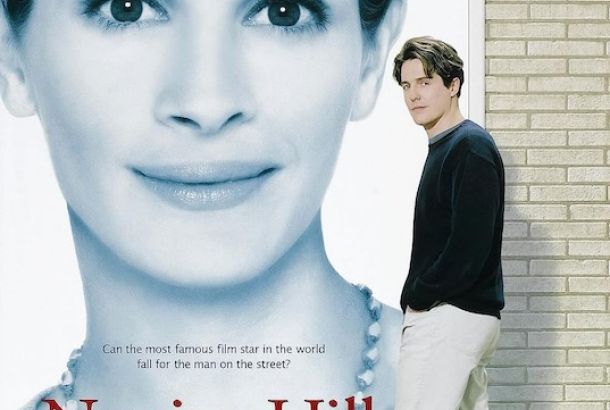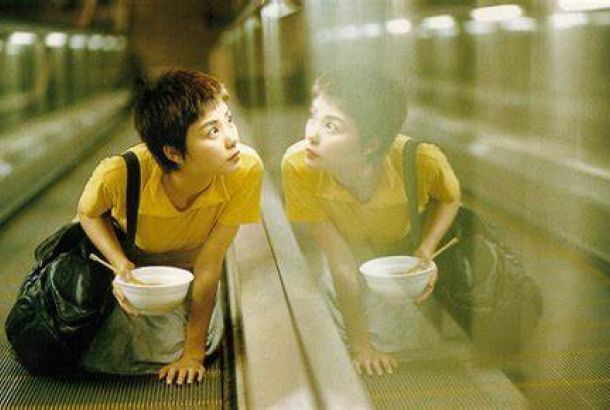Review: Death Note
Death Note is a ubiquitous and quintessential anime. A series so accessible and watchable it’s frequently cited as an entry point for the medium. So present is it, your mates whose only reference point to Japanimation is Spirited Away will have probably heard of it.
Hollywood has been threatening a big screen adaptation of the property for some years now. As one of maybe five people who quite liked the latest attempt to make “Anime US” a thing, Ghost in the Shell (2017), I was ready to give Adam Wingard’s Death Note a fair shot.
How fortunate it is, therefore, that Death Note has found its home as a Netflix Original, as to pay full price to see this in a cinema would have been a grave misfortune.
The inexplicably named Light Turner (né Yagami) stumbles across a notebook that grants its user the power to kill at will. A morally complex and sadistic premise that Light finds enthralling.
The original Japanese story becomes a quest for Godlike superiority over a crime-free new world that descends into a frantic and tense cat-and-mouse game between the narcissistic Light and an eccentric detective who goes only by L. The inclusion of iconic character Ryuk — here voiced by Willem Dafoe, in so few scenes he is almost not worth mentioning — a Shinigami (or death god) makes the manga typically Japanese, yet Wingard’s film rejects Death Note’s East Asian roots with extreme prejudice and malice of forethought.
Moving the action from Tokyo to Seattle is a predictably dreary Hollywood decision. The ingenious plotting of the original series, handed to Netflix on a silver platter, would have excused the lack of foresight at play here, had it not been completely discarded.
One of the most entertaining aspects of the perfectly paced opening episodes is Light’s experimentation with the various rules of the note, yet Wingard elects to disregard them, instead scribing his own rules in order to fumble an original plot of contrivances and contradictions. L’s second guessing and double bluffs of Light’s experimentation are dumbed down to Sherlockian deductions and assumptions, montages breezing through the most exciting plot points, to prioritise weak foot chases and a horribly misjudged romance.
Misa Amane’s presence lends yet more Japanese flavour to the original. A bratty, faux-gothic model in possession of her own Death Note and Shinigami, unhealthily obsessed with Light’s quest, the character is divisive. She has agency and moral quandaries of her own, whilst simultaneously encompassing and satirising Japanese celebrity culture.
Despite her stereotypical shrillness and objectifying outfits, the character who debuted thirteen years ago is more rounded, proactive, and empowering than Margaret Qualley’s offering, Mia Sutton. Reduced to a high school cheerleader, stripped of her own notebook and accompanying death god, Mia is introduced in leery slow-motion, accompanied throughout by 80s glam rock. It is perhaps the most offensive thing about Wingard’s adaptation.
Having already established the two characters as thoroughly unlikeable, Mia is almost immediately told of Light’s newfound powers. She proclaims “these people are sheep” and proceeds to psychotically manipulate Light into killing as many criminals as possible, clearly because she finds it arousing.
The film gets ever so close to an explicit sex scene that intercuts passionate embraces with furious scribbling of names and explicit, violent deaths. The fact that Light largely despised Misa in the source material adds insult to injury. Each loving look and soft moan of “what about this guy?” during the obligatory hot and heavy scenes feel like a repulsive shot to the gut.
Lakeith Stanfield is perhaps the only on-screen presence treating the material seriously. And yet, the methodical and child-like L here turns into an emotionally unstable action hero by the last 20 minutes. Scenes in which the camera panic zooms into the face of Nat Wolff, now canonised as a serial over-actor, and Stanfield, screaming, laughing, and arguing, seem to be an attempt to fondly recreate the heightened, confrontational style of anime. However, they are acted and shot so limply I couldn’t help but think one of my favourite aspects of Asian media was being made fun of. Fans of the anime will be thrilled to learn that Watari, personal assistant to L and least interesting character in the series, is the only character who remains Japanese. Given an unnecessary set piece in the third act stretches the rules of the film’s universe to breaking point, one wonders whether Watari’s extended role is intended as recompense for Wingard’s cultural ignorance.
Death Note says a lot about American cinema’s reckless abandon when it comes to adaptation. We can only hope that it serves as a warning to Hollywood to be more selective. US remakes of films such as Seven Samurai (The Magnificent Seven) and Godzilla work, or, at least, come and go without ruffling the feathers of those quick to label them as whitewashing, because their roots do not lie solely in Japanese culture.
Kurosawa’s samurai films, when not adaptations of Shakespeare’s tragedies, were, at heart, a response to the American Western. Godzilla and the subsequent kaiju mythos were bred from the devastation of the Hiroshima and Nagasaki nuclear attacks, yet owe a debt to early American monster movies King Kong and The Lost World. Westernised adaptations, though not always good, never feel jarring or culturally insensitive in the same way Death Note did. To remove it from its Japanese setting is to remove what made the original series so pertinent.
Death Note does not go out of its way to offend, but it’s a film longing for a higher budget — the CG creature Ryuk spends most of his time out of focus, obscuring its ropey effects — and a director and cast who understand what made the original so rich. An adaptation, at the very least, should entice new viewers into giving the original source material a go. Instead, Death Note simply lends more ammunition to those convinced that anime is melodramatic, confusing schlock.
I pray that Wingard’s attempt to Westernise such a cultural phenomenon falls into obscurity. A nice little experiment, but ultimately a failure. A warning to any filmmaker or studio wishing to rip a precious property from its cultural breeding ground.
This is not Death Note. This is Netflix presents Adam Wingard’s Death Note (2017). This is a plea to Western cinema: never do this again.







